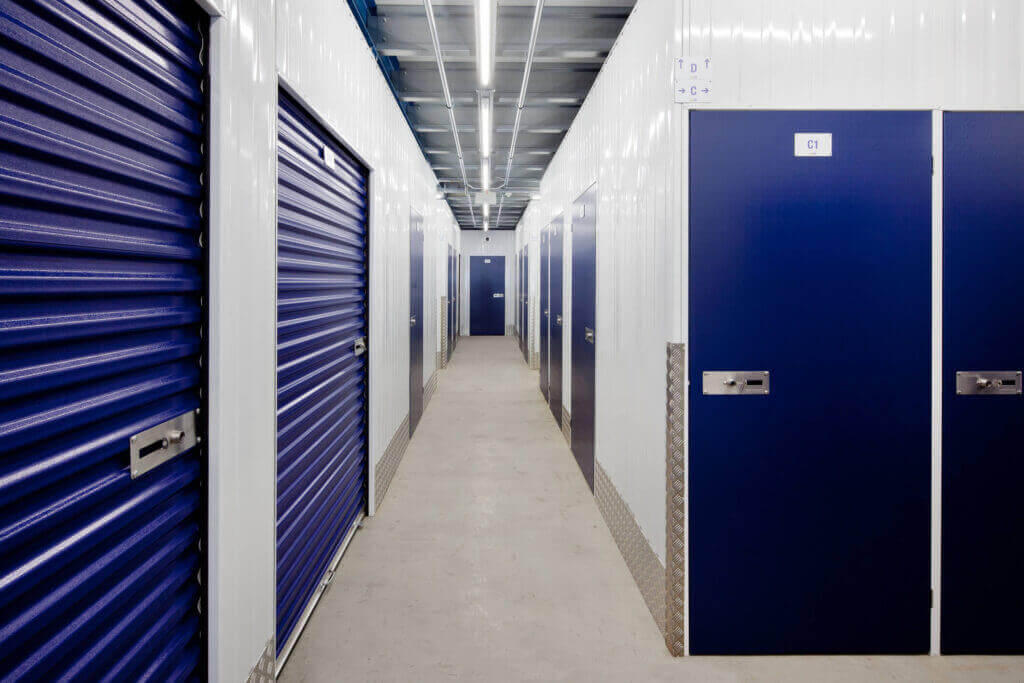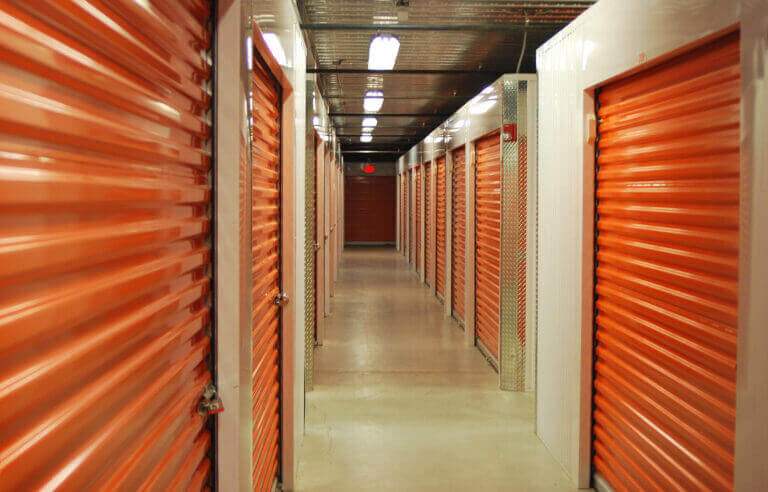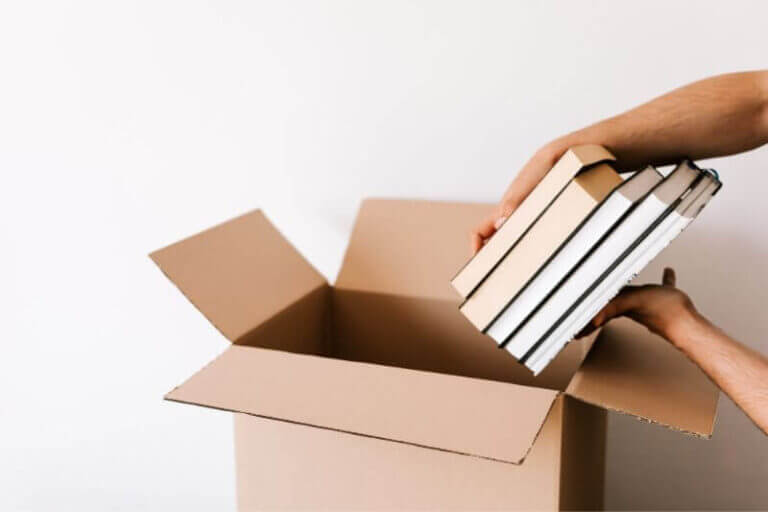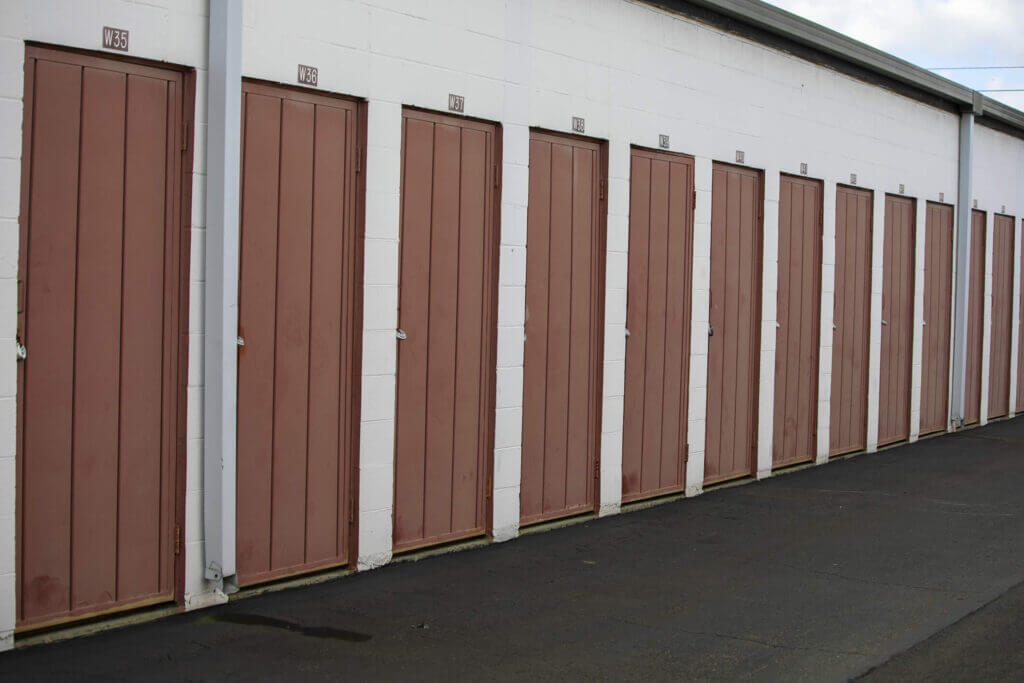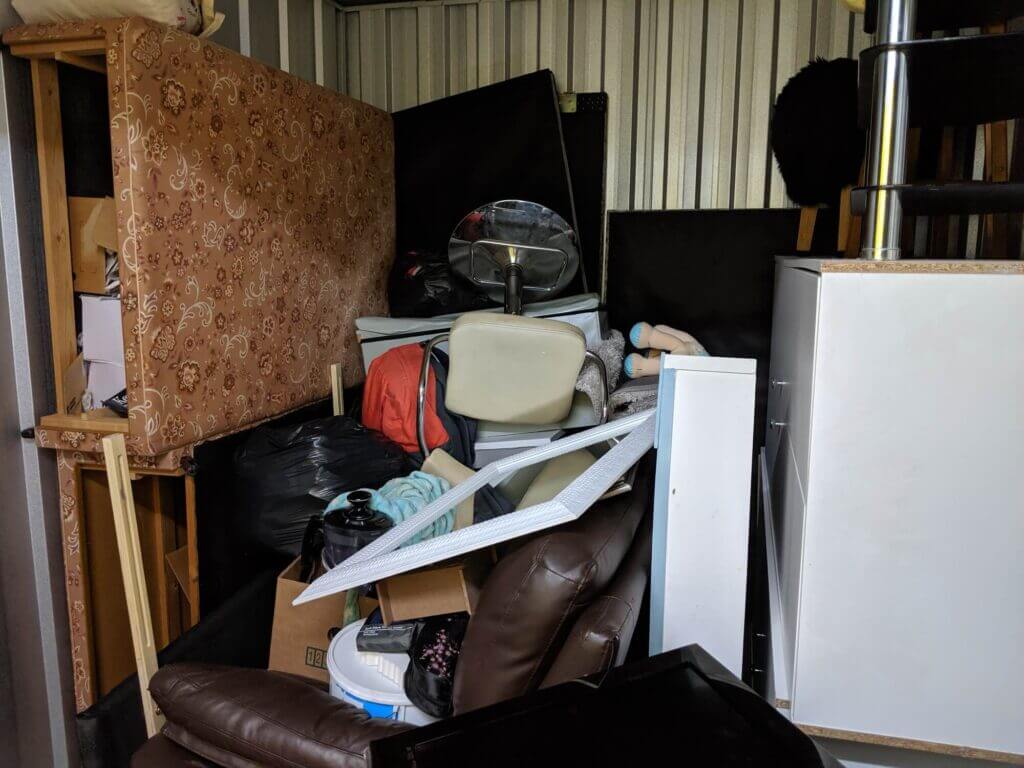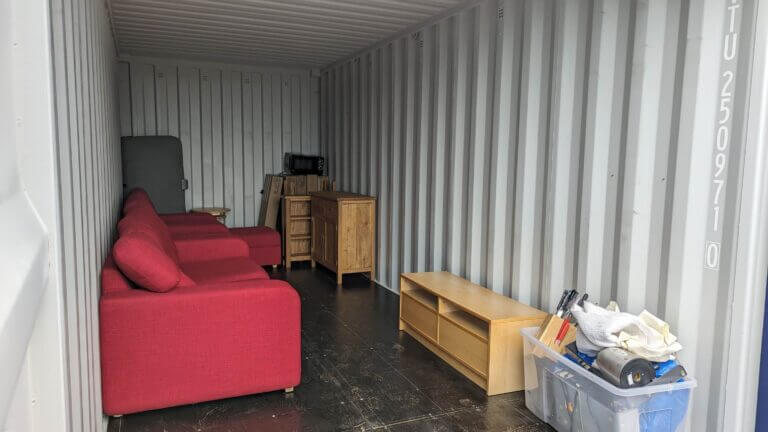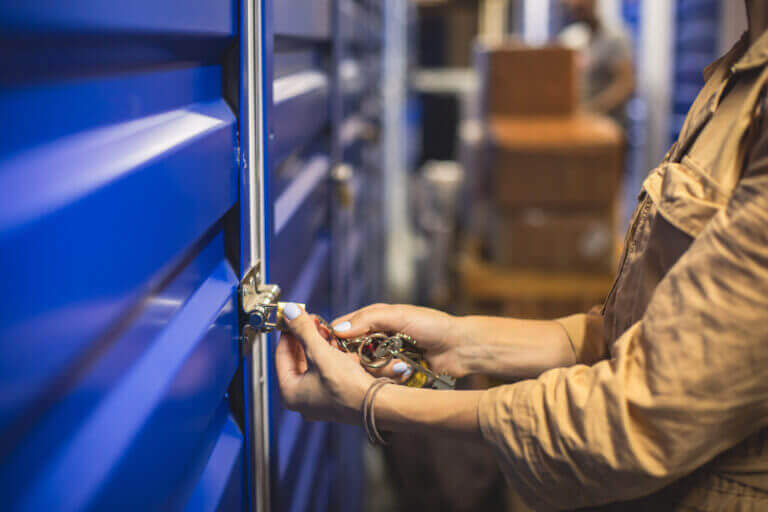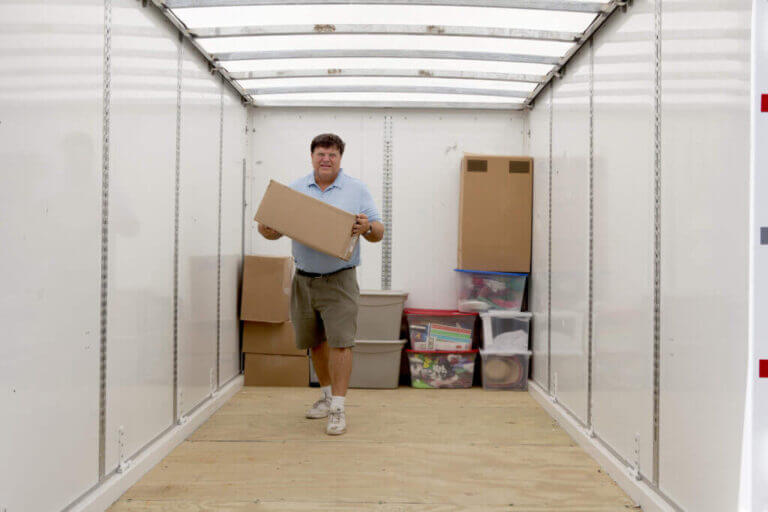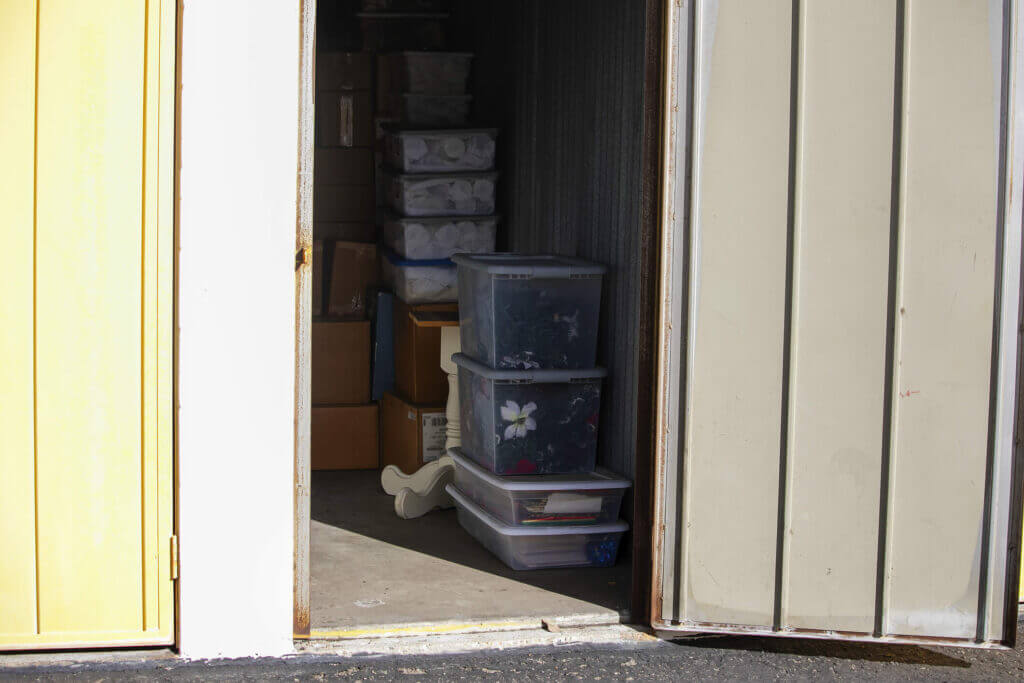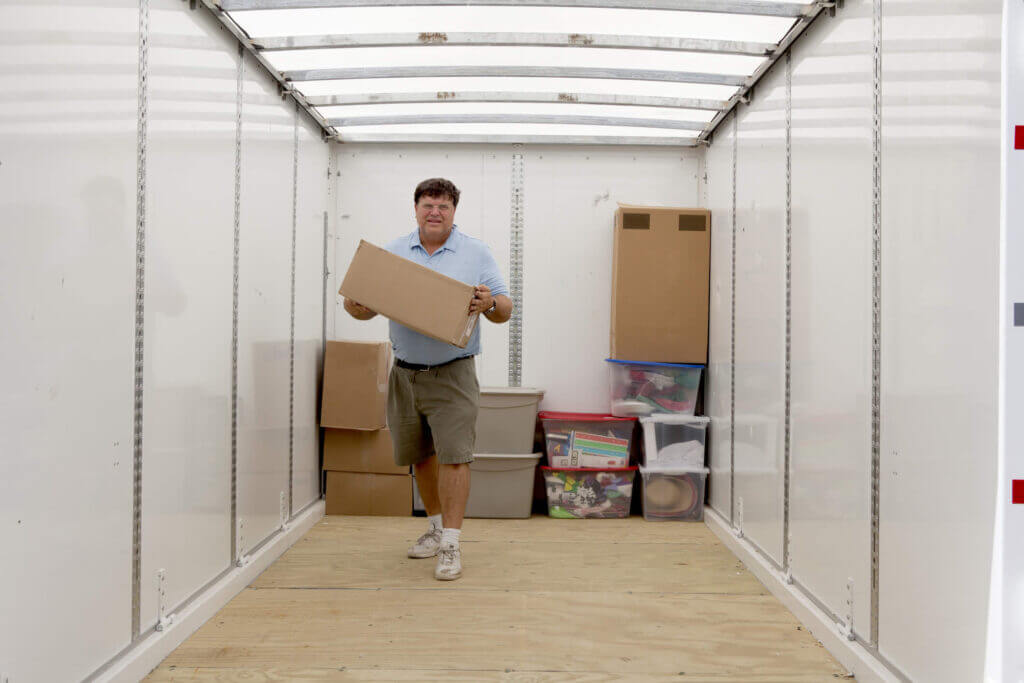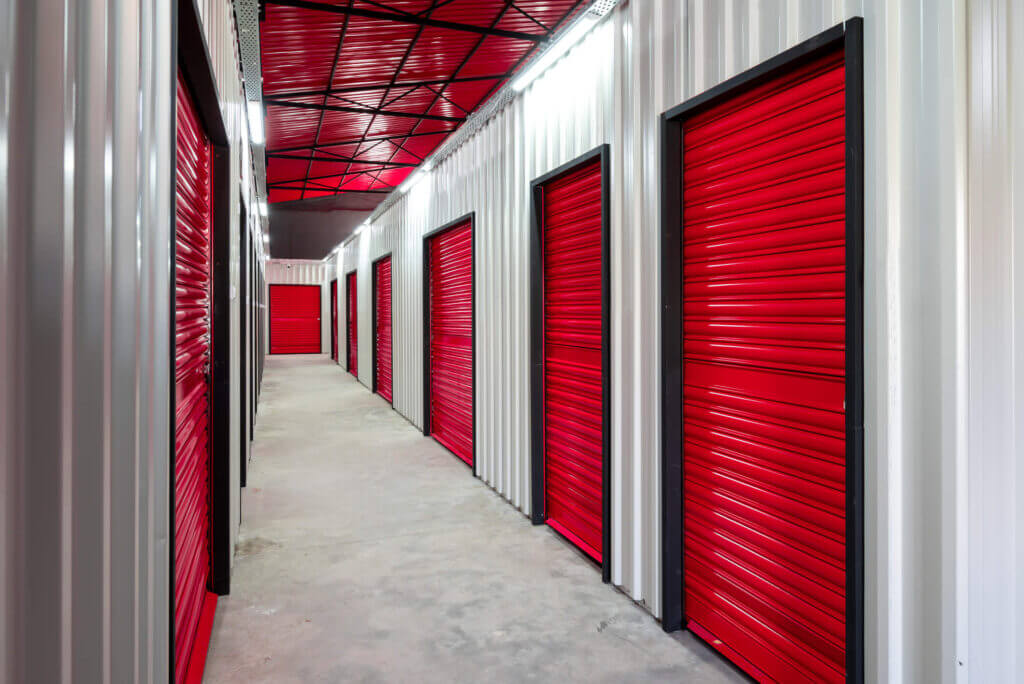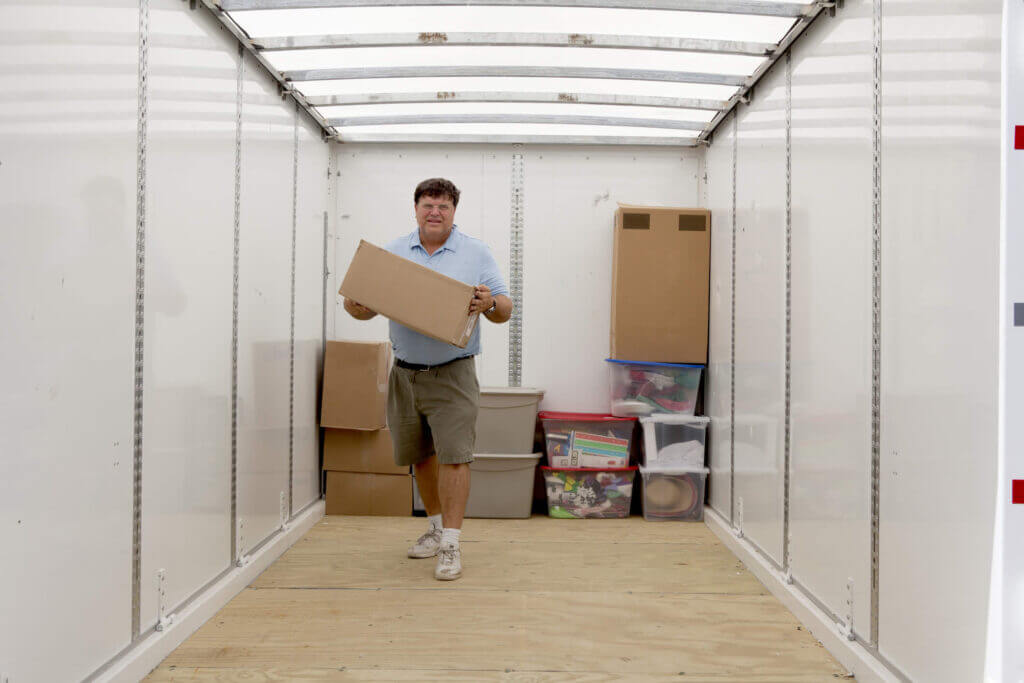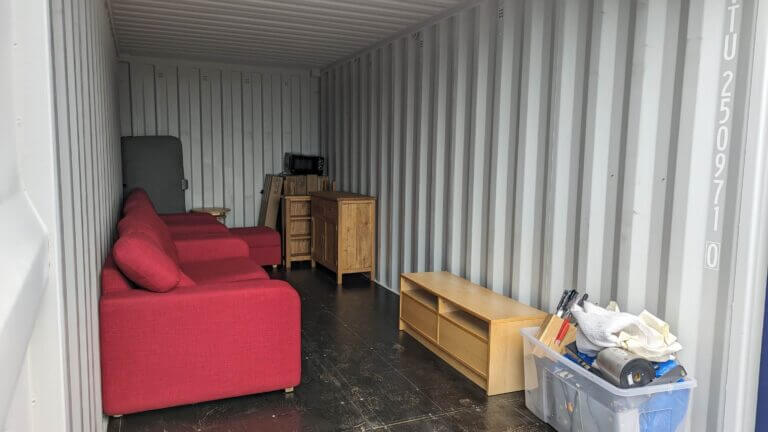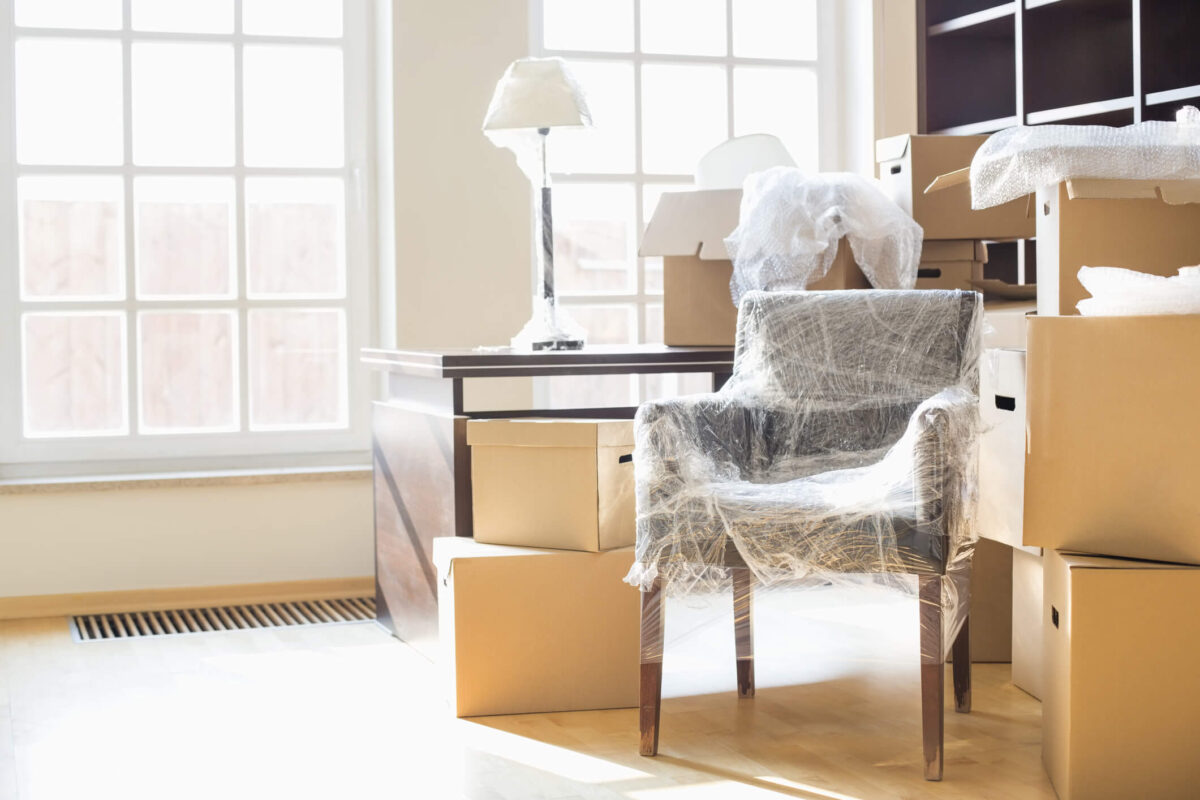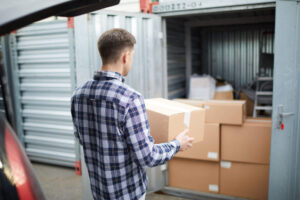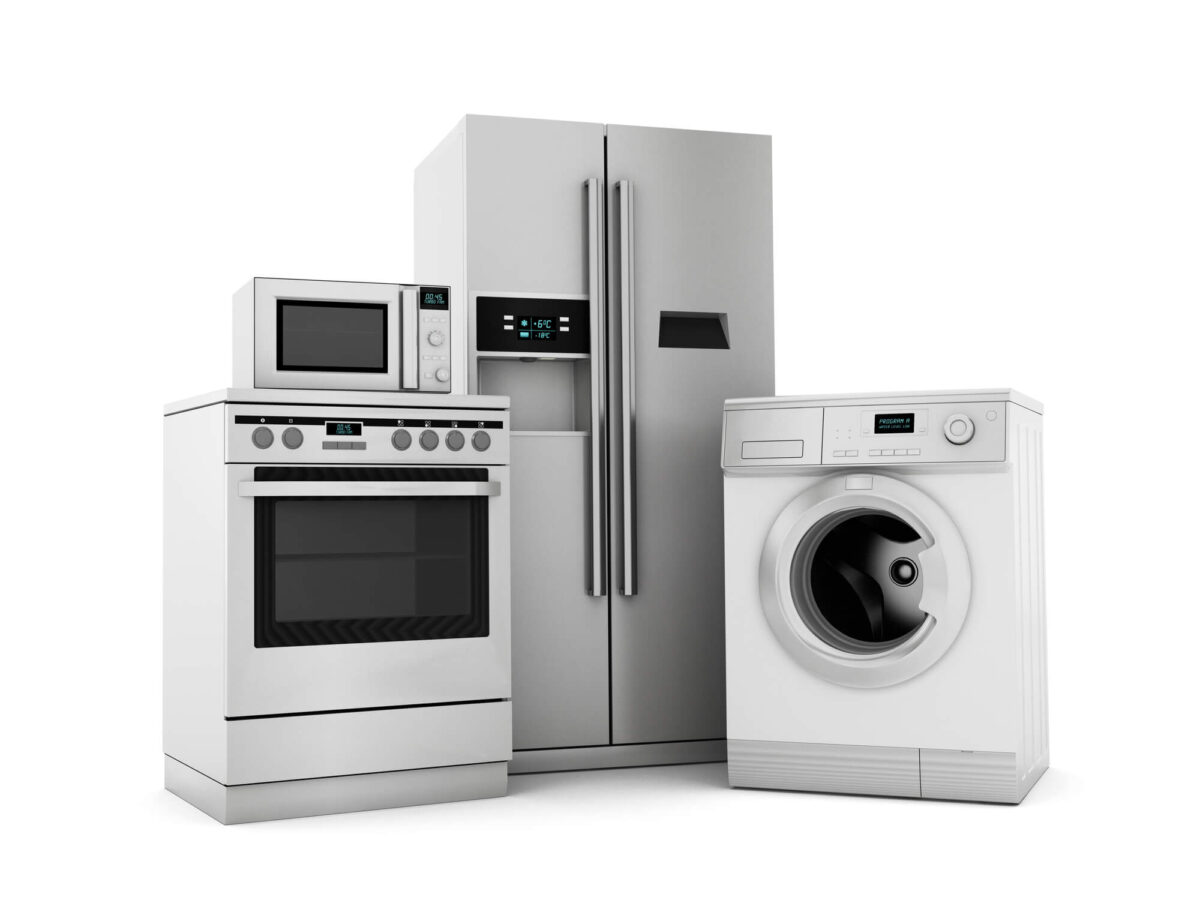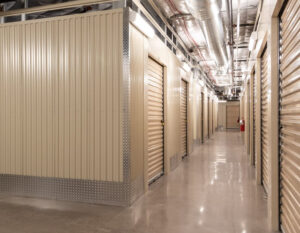How to clean out a storage unit? Cleaning out a storage unit can be daunting, particularly if it is overflowing with items accumulated over months or even years. This guide will assist you in effectively completing the task and optimizing the available space, regardless of downsizing, relocating, or simply decluttering.
Plan and Prepare
Planning and preparation will make the process smoother and more efficient before clearing your storage unit. How to commence:
Please Verify your Lease
Please review your storage unit lease agreement to ensure you know of any policies or regulations concerning the unit’s departure. In certain facilities, you may be required to sanitize the unit to a specific standard or inform them in advance if you intend to empty it. The following information will help you prevent any unexpected charges.
Clarify Objectives
Ascertain the rationale for the unit’s purging. Have you considered reducing the number of items in storage, eliminating them, or simply reorganizing them? Maintaining a well-defined objective is beneficial for maintaining concentration throughout the process. You may determine that certain items are worth retaining while others should be sold, donated, or disposed of.
Allot Time
Cleaning out a storage unit may require more time than anticipated, mainly if overloaded. Make sure to allocate sufficient time in your calendar to prevent the sensation of being hurried. If confronting a large or multiple units, think about dividing the task over a few days.
Amass Materials
It will be significantly more straightforward to organize and pack when the appropriate supplies are available. Here is a list of potential products that you may require:
- Garbage containers for those items that will be discarded
- Boxes or containers for items are kept, donated, or sold. Labels and markers to categorize and label boxes
- Wearing gloves to safeguard your hands is particularly important if the unit has been inactive for an extended period.
- Disinfectant clothes, brooms, and other cleaning supplies are required to maintain the cleanliness of the unit as you progress.
- Use a cart or trolley to transport heavier items.
Developing an Inventory Checklist
Before commencing, make a brief mental or written inventory of the unit’s contents. This will assist you in determining the appropriate categories (keep, sell, donate, and discard) and constructing a plan for managing various items, particularly those that are valuable or large.
Arrange Items
When you are prepared and ready to commence, the subsequent phase is to organize and categorize the items in your storage unit. This stage is entirely dedicated to categorizing, which enables you to make a systematic decision regarding which items should be retained, discarded, or disposed of. An approach to this matter is as follows:
Develop Categories for Sorting
Clear categories should be established for all unit items to maintain organization and minimize decision fatigue. Start by utilizing these frequently encountered categories:
- Hold onto items you intend to utilize in the future or currently require. If these items are to be returned to storage or your residence, they should be meticulously repacked and labeled.
- Donate: Items that are in good condition and no longer required but could be helpful to others. Consider scheduling a donation pickup and preparing boxes or containers for these items.
- Items no longer benefit you but still hold value and can be sold. List these items together to facilitate an online sale or yard sale later.
- Recycling/Trash: Any item that is no longer functional, damaged, or broken should be recycled. Waste bags should be readily available, and metal, paper, or electronics should be recycled whenever feasible.
Starting from the front
To begin, clear the area near the front of the storage unit and gradually progress to the rear. This method generates additional space as you progress, simplifying the process of accessing and organizing other sections.
- A group of items that are similar in
- As you proceed through your possessions, organize similar items. To illustrate:
- One section for clothing
- Furniture and substantial objects are found in other locations.
- A distinct area is designated for books and media.
- Collection of seasonal objects, such as winter gear or holiday decorations, in a single location
This will facilitate the organization of your affairs and the ability to make decisions faster. In addition, it will facilitate repacking if the items are to be stored again.
Establish a reserve for items that are large or awkward
If your storage unit contains cumbersome furniture or large items such as appliances, put them aside. Decide whether you will retain, sell, or donate them. However, keep them for the last, as they may require additional equipment or transport effort.
Checkboxes and bags
Opening any sealed boxes or containers and thoroughly examining the contents is advisable. You may find items that need to be addressed or that you no longer require. Make sure to repack only the essential items and designate each item.
Apply a system of labeling
As you organize your possessions, implement a labeling system to indicate the destination of each item. Use sticky notes or write directly on boxes to indicate whether an item is intended for storage, donation, sale, or personal use. Once you are prepared to remove items from the unit, this will simplify the process of managing everything.
Implement the 80/20 Rule
The Pareto Principle, or the 80/20 Rule, can be a game-changer when clearing out a storage unit. It implies that 20% of the effort yields 80% of the results. This rule prioritizes the most significant or impactful items in decluttering, expediting and optimizing the process. The 80/20 Rule can be effectively implemented during the cleaning of a storage unit as follows:
- Identify Items of Significant Impact Initially, concentrate on the 20% of items that are the most valuable regarding emotional significance and usefulness or occupy the most space. This method expedites the process and provides a sense of accomplishment at the outset.
- Clearing out furniture or oversize, bulky items is a simple starting point, as it creates significant additional space.
- It is imperative to prioritize the careful packing or moving of valuable or sentimental items, such as family heirlooms, essential documents, or high-value electronics.
- Make prompt decisions regarding the remaining items.
- Once you have addressed the most critical items, apply the rule to 80% of your possessions. Although this section may include numerous items that could be more critical or of lesser importance, it is unnecessary to devote excessive time to each one. Utilize your categorizing categories (keep, sell, donate, trash) to facilitate rapid decision-making.
Dispose of Items That Are Not Essential
Frequently, we refrain from disposing of unnecessary items due to their storage. The 80/20 rule assists in recognizing that the majority of the items you are storing may no longer be necessary. Question yourself:
- When was the last time I utilized this?
- Can I utilize it once more?
- Is it of monetary or sentimental value?
- Consider selling, donating, or abandoning the item if the response is negative.
- Concentrate on the 20% that is truly necessary.
After applying the 80/20 rule, you likely have only the genuinely significant items. These items are either valuable regularly or add value to your existence. They are valuable for future use and should be repacked and organized appropriately.
Remain focused on adhering to the rules.
While decluttering, it is effortless to become engrossed in minute details or become distracted. The 80/20 rule ensures that you remain attentive to the overarching objective. Suppose you are unable to make a decision. In that case, it is essential to remind yourself that the objective is to address the most significant items first and progress through the remaining items rapidly. Concentrating on the genuinely significant items and reducing the time spent on less important items will help you clear out your storage unit more efficiently, saving time and energy.
Label and Pack Boxes
It is now time to concentrate on packing and labeling your boxes after you have sorted through your belongings and determined which items to retain, sell, donate, or discard. Proper labeling and packaging will facilitate the organization, storage, or relocation of your possessions and the subsequent retrieval of items without opening each box. The following is an effective method for achieving this:
Pick the Appropriate Boxes
Utilize boxes that are suitable for the specific products and are of a sturdy construction:
- It is recommended to use smaller boxes for heavy items such as books or tools to prevent them from becoming too heavy to transport.
- A larger box is recommended for lightweight items such as apparel, linens, or pillows.
- Clear bins are an excellent choice to observe a container’s contents without uncovering them.
Boxes are specifically designed for delicate or fragile objects, such as dish boxes for glassware or wardrobe boxes for clothing.
Arrange items by category or room
To maintain order, store items according to their category or room allocation:
- A single set of crates contains kitchen items.
- In another location, clothing and linens are stored.
- Items that are decorative or seasonal are packaged separately.
This approach will facilitate the unpacking process if you intend to relocate items to your residence or another storage facility at a later date.
Utilize protective padding
Ensure that fragile items, such as electronics, glassware, or collectibles, are adequately safeguarded during the relocation:
- Wrap fragile items in bubble wrap, packing paper, or even garments.
- Position denser items at the bottom of the box and lighter and more delicate at the top.
- Dividers are an option for fragile objects, such as glass.
- Boxes Must Be Securely Sealed
After packing, securely seal your crates with robust packing tape. Apply tape to the box’s borders and top and bottom seams to enhance durability and ensure the box does not open during transport.
Identify the boxes
Labeling is essential for determining the location of all items after the boxes have been packaged. The following is a method for labeling that is effective:
- Content-based labeling: Write a concise description of the carton’s contents, such as “winter clothing” or “kitchen utensils.”
- Room-specific labeling: Please specify the location of the items, such as “living room,” “bedroom,” or “garage.”
- Utilize color-coded labels: Colored markers or stickers can be used to organize crates by category or room visually.
- Indicate that the crates are fragile: Label the box “FRAGILE” in bold letters and use arrows to indicate which side should be faced up if it contains delicate or breakable items.
- Incorporate the following dates: To ensure that you are aware of the duration of storage, include the date on which the box was packaged for long-term storage.
Set a higher priority entry
Consider the urgency with which you will require access to specific items when packaging them for storage. For instance,
- Items that are frequently used, such as seasonal decorations or critical documents, should be stored in cases that are easily accessible and clearly labeled.
- Items not frequently used, such as old memorabilia or additional household items, can be stored in a deeper section of the unit.
Arrange Containers Effectively
If you are preparing the crates for storage, you should:
- Place heavier crates at the bottom and lighter ones at the top to prevent crushing any items.
- Ensure that the identifiers are oriented outward to facilitate reading.
- If space permits, establish aisles to facilitate access to items without the need to relocate everything.
- Utilize inventory lists
Generating an inventory list for each package, including the primary contents, may be beneficial. You have two options: attach the list to the box’s exterior with adhesive or maintain a digital inventory for convenient reference. Mystically, packing and labeling your crates will simplify organizing, storing, or moving and avoid confusion. It also ensures you do not have to unpack everything to locate a particular item later.
Spotless the Unit
The subsequent critical phase is the comprehensive cleaning of your storage unit after sorting, packing, and removing all items. This guarantees that the space is left satisfactorily and may prevent the facility from imposing supplementary fees. The following is a method for cleaning the unit effectively:
Eliminate all items before cleaning:
- Verify that the storage unit is entirely vacant.
- Look for any remaining debris, garbage, or belongings in every corner, shelf, or hidden space.
- Ensure all items, including those you intend to dispose of, are removed.
Vacuum the Floors
Begin by sweeping the entire floor of the unit:
- Utilize a durable broom to eliminate any debris, grime, or dust that may have accumulated over time.
- Sweep the entire area, including the corners and the edges of the walls, where dust and debris are prone to accumulate.
- If the floor is filthy, it may be necessary to sweep it multiple times to ensure it is spotless.
Clean Surfaces
Ensure that any surfaces, including shelves and countertops, in your storage unit are cleaned:
- Clean surfaces that may have accumulated grit or grime using a disinfectant wipe or damp cloth.
- Scuffs or traces on the walls should be gently scrubbed with a cleaning solution to eliminate them.
Inspect for Pests
During the cleansing process, be vigilant for any indications of pests, including droppings, nests, or damage to boxes and personal property. If you observe any concerning information:
- Inform the facility management immediately, as they may need to resolve a vermin issue.
Resolve Spills or Stains
If there are any visible marks, spillage, or stains on the floor
- Scrub away stains by combining a mild detergent or cleaning solution with tepid water.
- To address more challenging areas, employ a sponge or brush to apply the cleaning solution to the floor.
- Be sure to eliminate any adhesive residue or liquid to prevent mold or mildew growth.
Properly Dispose of Waste
Collect all debris, refuse, and discarded items as you clean:
- Collect and transport waste to the facility’s designated refuse or recycling area using heavy-duty trash bags.
- Dispose of large or hazardous items (e.g., electronics or appliances) by local regulations.
Check for any Final Touches
Conduct a final inspection of the unit to ensure that no details were overlooked following the cleansing process:
- Guarantee that no personal possessions, trash, or items are left behind.
- Ensure that the floor is clean, all surfaces are wiped down, and there are no visible traces of damage.
Maintain the Unit in an Acceptable Condition
- If the storage facility mandates that the unit be returned in a specific condition, as outlined in your lease agreement, ensure that you have fulfilled all the requirements. Certain facilities may impose fees if the unit needs to be cleaned, damaged, or cluttered with unwanted items.
- By conducting a comprehensive cleaning of the unit, you guarantee it will be pristine for the subsequent tenant and prevent any potential additional fees. Additionally, it can enhance your relationship with the storage facility and facilitate the move-out process.
Trash Disposal
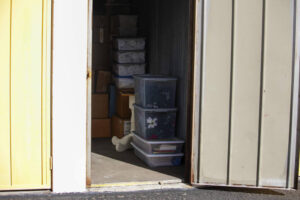
After cleaning and organizing your storage unit, you will likely accumulate many unwanted items and garbage. It is essential to dispose of garbage in an environmentally responsible manner and to avoid violating the storage facility’s regulations. The following is a comprehensive guide to the effective dispersal of trash:
Arrange Your Garbage
Sort through the garbage and identify distinct categories before disposal:
- Regular trash includes unused or hazardous items, such as old or damaged domestic goods, packaging, and non-usable possessions.
- Recyclables: Items like cardboard, paper, plastics, and recyclable metals.
- Hazardous Materials: Batteries, electronics, chemicals, or any other substance necessitating unique disposal procedures.
Utilize heavy-duty trash bags
To collect and contain your waste, utilize heavy-duty trash bags for regular garbage. Ensure that the bags are sufficiently durable to accommodate sharp or unwieldy objects without tearing:
- Double-bag fragile or heavy items are recommended to prevent spills or leakage.
- Tie the bags securely to prevent the contents from spilling out during disposal.
Wherever feasible, recycle
Separate recyclable items from regular trash:
- Ensure that the storage facility has designated areas for recyclables or recycling receptacles. Bins for metals, plastics, and paper are prevalent in numerous locations.
- If recycling services are unavailable at your facility, please transport the items to a local recycling center or drop-off location.
Safely Eliminate Hazardous Waste
Special precautions must be taken when handling hazardous substances such as paint, cleaning chemicals, electronics (e-waste), batteries, or outdated appliances:
- E-waste recycling centers are the appropriate location to dispose of outdated electronics, including televisions, laptops, and smartphones. Recycling programs for these items are available at numerous local electronics retailers.
- Batteries and bulbs should never be disposed of in the regular garbage. Deliver them to designated disposal locations, such as recycling centers or home improvement stores.
- Chemicals and paints: For information on the proper disposal of old paint cans, solvents, or other chemicals, please get in touch with your local waste disposal authority.
If necessary, rent a dumpster
Consider renting a small dumpster if you have a substantial quantity of trash or bulky items, such as furniture. Short-term rentals for a day or two are available from numerous waste disposal companies:
- This alternative is advantageous when cleaning out a large unit and requiring the disposal of substantial quantities of garbage.
- Please verify with your storage facility that dumpster placement is permitted on the premises.
Donate Items That Are Still Usable
Consider donating items that are in good condition and no longer desired but are not classified as trash:
- Gently used furniture, clothing, and domestic items are accepted by numerous charities, thrift stores, and shelters.
- Specific organizations provide complimentary pickup services, simplifying the process of donating more oversized items without stressing about transportation.
Visit the dumpster on numerous occasions.
If you are not renting a dumpster and your storage facility has on-site waste bins, it is essential to refrain from overloading them:
- If necessary, make multiple journeys to the dumpster to prevent the bins from clogging or exceeding their weight capacity.
- Respect the facility’s regulations regarding garbage disposal. In specific locations, there may be restrictions on the amount and type of waste that can be disposed of on the premises.
Get Rid of Bulky Items Conscientiously
For items that are too large to fit in standard waste cans, such as old furniture or appliances:
- To schedule a bulk collection, contact your local waste management service. Numerous municipalities offer this service at no cost or for a nominal fee.
- Conversely, trash removal services may be implemented. Companies such as 1-800-GOT-JUNK or local equivalents can remove large, undesirable items.
Prevent Illegal Dumping
Do not leave garbage outside the storage unit or dispose of it in unauthorized areas.
- The storage facility and local authorities may impose fines or penalties for illegal disposal.
- You must adhere to your facility’s garbage disposal policies and local regulations.
- You can guarantee that your storage unit cleanout is conducted in an environmentally conscious and responsible manner by properly disposing of garbage and recycling or donating whenever feasible. Additionally, it ensures that you comply with the facility’s and municipal waste management regulations.
Return the Unit to a State of Good Repair
Maintaining the unit in excellent repair is crucial after you have cleaned it, disposed of all the trash, and handled any remaining items. Doing so can circumvent fees and preserve a positive rapport with the storage facility. It is possible to restore the unit to a satisfactory condition by following these steps:
Inspect for any Signs of Damage
Thoroughly examine the unit to detect any indications of damage before your departure. Search for:
- Holes or cracks in the ceiling, floor, or walls.
- Dents or scratches that result from the movement of weighty objects.
- Mold or water damage may have occurred over time.
- Any damage to the security system, lock, or door (if applicable).
Please notify the facility staff immediately if you encounter any problems. Depending on the terms of your lease agreement, you may be accountable for repairing specific damage categories.
Repairing Minor Damage
If there are minor issues, such as small scratches or scuffs, take the necessary measures to resolve them:
- Fill minor holes or cracks in the walls with a spackle.
- Apply a gentle cleansing solution to any scuffs or marks that are readily apparent.
- Sweep and clean the floor once more if necessary to guarantee that it is free of debris and in pristine condition.
Most storage facilities appreciate it when tenants perform minor repairs, demonstrating reverence for the property.
Guarantee that the unit is both Clean and Empty
Ensure that the unit is empty and that there are no lingering items or detritus. Storage facilities generally anticipate that you will return the unit in the same condition as when you arrived:
- No trash, discarded items, or neglected belongings must be left behind.
- It is imperative to eliminate all packaging materials, including protective wraps, bags, and boxes.
Please remove any locks on the unit before leaving unless the facility owns it.
Verify Lease Compliance
Please consult your lease agreement to confirm that you have fulfilled all the necessary conditions for the unit’s departure. The majority of agreements require that the unit be:
- Spotless.
- Undamaged more than typical wear and tear.
- Entirely stripped of all personal possessions.
Please satisfy these prerequisites to avoid the forfeiture of a security deposit or the imposition of additional fees.
Notify the Facility Manager
Inform the storage facility manager or staff that the unit is clean and in excellent repair. The following is the appropriate course of action:
- Notify them that you have completed the cleaning and emptying of the unit and are prepared to depart.
- Please return any keys, keycards, or credentials to access the unit.
- If necessary, request a final unit inspection to guarantee no issues.
- If the facility has an online system, you must officially terminate your rental agreement to avoid being charged another month.
- Take photographs for documentation.
Before departing, take a few photographs of the unit’s empty and spotless state. If any disputes arise regarding its condition, these prove that you have left it in excellent condition.
Remove your Lock
If you utilize your lock on the device, ensure it is removed. Leaving it behind could make them clear, as the facility may need to recognize the vacant unit, resulting in ongoing charges or misunderstandings.
- Follow Up on Any Deposits or Fees
- If you have submitted a security deposit, you must contact the facility to guarantee that you receive the complete amount, provided that no damages occurred. Additionally, certain facilities may have a final billing cycle or a refund procedure for prepaid rent. Therefore, it is crucial to verify these details before your departure.
Returning the unit in excellent repair guarantees a smooth and stress-free move-out process. This also contributes to preserving a favorable relationship with the storage facility, which will facilitate future rentals if necessary.
Seek Assistance if Required
Cleaning out a self-storage unit can be physically and mentally taxing, particularly if you have a large unit or a high volume of weighty items. Please do not hesitate to seek help to ensure the process is more efficient, safer, and seamless. There are numerous methods for obtaining assistance:
Hire Professional Movers
If you have large, bulky, or weighty items like furniture, appliances, or boxes full of books, professional movers can be invaluable:
- Movers are equipped with the necessary equipment, including furniture cushions and dollies, to ensure the safe transportation of your items.
- They are trained to handle heavy lifting, which can help prevent injuries, particularly if you’re not used to moving large items.
- Packing and unpacking services are also provided by certain moving companies, which can save you time.
Contact a Junk Removal Service
Consider hiring a junk removal service for items that are no longer usable or that you do not desire to retain:
- Junk King, 1-800-GOT-JUNK, and local providers are among the organizations that will remove unwanted items, regardless of their size.
- They frequently offer environmentally favorable disposal services to guarantee that recyclable items are appropriately managed.
- Junk removal services are an excellent way to dispose of large quantities of garbage, appliances, or old furniture in a single operation.
Seek Assistance from Friends or Family Members
If you have a manageable amount of things but need an extra set of hands, ask friends or family for assistance:
- Dividing the burden will expedite the process, and the additional assistance is especially beneficial when transporting heavier items.
- Having a partner to discuss decisions can be beneficial, particularly when deciding whether to retain, sell, or donate specific objects.
- You may offer them a modest incentive, such as food or beverages, in appreciation for their time and effort.
Hire Professional Organizers
A professional organizer may be a viable alternative if you are experiencing difficulty with decluttering or are overwhelmed by the process of sifting through your possessions:
- Professional organizers specialize in optimizing checklist space, decluttering, and categorizing. They can assist you in developing a systematic approach to cleaning the unit.
- They may offer valuable guidance on storage solutions and strategies for maintaining the organization of your remaining items.
- If you’re unsure of what to retain, donate, or discard, they can offer an objective perspective to help make those decisions.
Utilize Donation Pickup or Delivery Services
Many charities and donation centers provide free pickup services for items you wish to donate but need more means to convey them.
- Goodwill, the Salvation Army, and other local charities frequently offer pickup services for more significant donations, such as furniture, electronics, or apparel.
- Schedule a pickup in advance so the items can be taken away after sorting without needing multiple trips.
Equipment Rental or Borrowing
Renting or borrowing equipment such as hand trucks, dollies, or furniture sliders can significantly simplify the process of moving if your storage unit contains weighty or large items:
- Rental options for moving equipment are available from numerous storage facilities or moving supply companies.
- If you want to avoid investing in purchasing tools, consult with friends or family to see if you can borrow equipment for the day.
Consult the Personnel of the Storage Facility
ASK the storage facility personnel for help if you are uncertain about any specific procedures for cleaning out your unit or disposing of trash:
- They can offer advice on the location of trash disposal, the regulations of the facility, and the process of utilizing any moving equipment they may have available.
- Staff can suggest reputable companies to assist with the process, as some facilities also collaborate with garbage removal or moving services.
Hiring a Cleaning Service is a Viable Option
A professional cleaning service can assist in guaranteeing that the unit is immaculate and adheres to the facility’s standards after it has been emptied:
- This is particularly beneficial if the unit has accumulated grit, grime, or stains over time.
- A cleaning service can sweep surfaces, mop down surfaces, and remove stubborn stains, sparing you time and effort.
- You will reduce your burden by requesting assistance when necessary and guaranteeing that the storage unit is neat and tidy for work efficiency and safety. Numerous resources, such as professional movers, acquaintances, or specialized services, are at your disposal to help you complete the task without becoming overwhelmed.
Conclusion
Cleaning out a storage unit can be a manageable endeavor. Employing intelligent organization, meticulous planning, and appropriate assistance can expedite decluttering and clearing the space. This process can provide a fresh start for your storage unit and your psyche, whether you are downsizing or simply organizing.
Frequently Asked Questions
What is the necessity of organizing my storage unit?
Cleaning out your storage unit guarantees you maintain a positive relationship with the storage facility, avoids additional fees, and leaves the space in excellent condition. Additionally, it helps you more effectively manage and declutter your possessions.
What is the most crucial step when cleansing my storage unit?
Begin by strategizing and organizing. Evaluate the task’s scope, accumulate the required materials, and establish a schedule. Ensure you have all the requisite packing materials, cleaning supplies, and cartons.
What is the most effective method for organizing items in the storage unit for sorting?
Tips of organizing your self-storage unit is to arrange items into categories such as “keep,” “donate,” “sell,” and “trash.” Collect similar items and establish a systematic approach to each category. This will assist you in maintaining a more organized state and making decisions more efficiently.
What is the 80/20 Rule, and how does it relate to emptying a storage unit?
The 80/20 Rule, also known as the Pareto Principle, posits that 80% of your outcomes result from 20% of your efforts. Prioritize the 20% of items that are the most significant or valuable. Then, the same principle can be applied to the remaining 80% of items, making fast decisions to streamline the process.
What is the most effective method for labeling and packing boxes?
Indicate the contents of the boxes and the chamber to which they belong. Seal crates securely with tape, protect fragile items with padding, and use sturdy boxes. Utilize color-coded labels to facilitate identification.
Following emptying the storage unit, which cleansing tasks should I undertake?
Sweep the floors, wash down surfaces, and inspect for any indications of damage. If necessary, do minor repairs and guarantee the unit is devoid of debris and garbage. Ensure that the space is left spotless and unoccupied by the lease agreement.
What is the most effective method for disposing of unwanted items and trash?
Divide trash into hazardous materials, recyclables, and regular detritus. Dispose garbage in heavy-duty bags, recycle in designated bins, and adhere to local regulations when managing hazardous waste. For large or difficult-to-dispose-of items, it may be advantageous to engage the services of refuse removal professionals.
What if I require assistance with organizing my storage unit?
If the task is overwhelming, consider hiring professional movers, garbage removal services, or a cleaning service. Additionally, you may seek assistance from friends or family members or consult the storage facility personnel for information on available resources.
How can I guarantee the unit is returned in excellent repair?
Ensure the unit is spotless and empty, and make any necessary minor repairs. Additionally, inspect the unit for damage. Return any keys or locks the facility has provided per the lease agreement. If necessary, photograph the instrument to document its condition.
What actions should I take if I encounter vermin or other issues within the unit?
Inform the storage facility management as soon as possible of any indications of vermin or other problems. They may need to address the issue or offer advice on resolving it.
Streamline Your Storage Unit Cleanup with Professional Advice!
Prevent the accumulation of debris in your storage unit from escalating into disorder. Cleaning out your storage space can be seamless and effective when approached correctly. At McDowell Mountain Community Storage, we provide premium climate-controlled facilities that guarantee your possessions are stored in the most favorable conditions, simplifying and expediting the cleanup process.
For additional information regarding the advantages of storage units, please refer to our previous blog posts: Climate-Controlled Storage Units: What You Need to Know and The Pros and Cons of Renting a Storage Unit. McDowell Mountain Community Storage in Scottsdale, Arizona, offers cutting-edge storage solutions in a clean, controlled environment with state-of-the-art security features. Contact us today to discover how our climate-controlled units can facilitate your storage unit cleanup and ensure the safety of your valuables.
